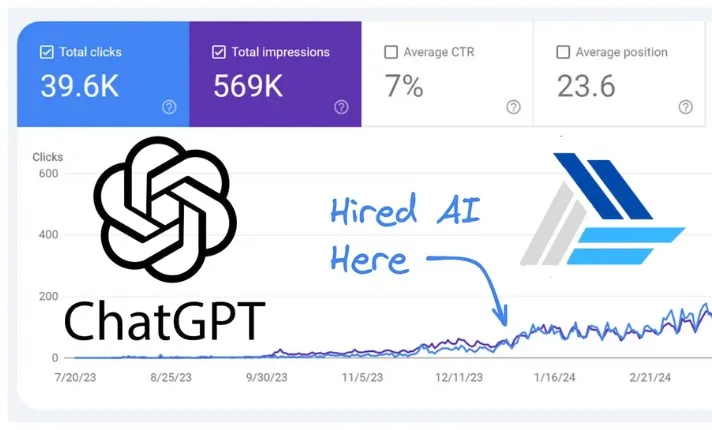What is JPG?
JPG, short for Joint Photographic Experts Group, is a widely used image format recognized for its effective compression capabilities. This format reduces file sizes by discarding some image data, striking an ideal balance between quality and storage efficiency. JPG is a favorite in digital photography, online imagery, and printing, making it a fundamental choice for image storage and sharing due to its universal compatibility and user-friendly nature.
What is Base64?
Base64 is a binary-to-text encoding scheme that converts binary data into a string format using 64 different ASCII characters. This method is commonly used to embed image files directly into web pages and applications, enhancing data transfer and storage efficiency. Base64 encoding is especially beneficial for web developers, as it simplifies image inclusion in HTML or CSS, eliminating the need for separate image requests and speeding up page loading times.
How to Convert JPG to Base64?
Converting JPG images to Base64 format is a breeze with Jimni Nomics' user-friendly online tool. Simply upload your JPG file, and our converter will handle the rest, providing you with the Base64 string ready for use in your web projects. With our fast and reliable service, you can quickly transform your images and optimize your website's performance.
FAQs
1. What are the benefits of using Base64?
Base64 encoding allows for easier image embedding in HTML or CSS, reduces the number of HTTP requests, and can improve loading times for web pages.
2. Are there size limitations for JPG files?
While there is no specific size limit for JPG files in our converter, larger files may take longer to process and convert to Base64.
3. Can I convert multiple JPG images at once?
Currently, our tool is designed for single file conversions. For batch conversions, please check back for future updates!
4. How do I use the Base64 string after conversion?
You can use the Base64 string directly in your HTML or CSS to display images without the need for separate image files. Just insert it as the source in an ![]()


 By: Jimni Nomics
By: Jimni Nomics

